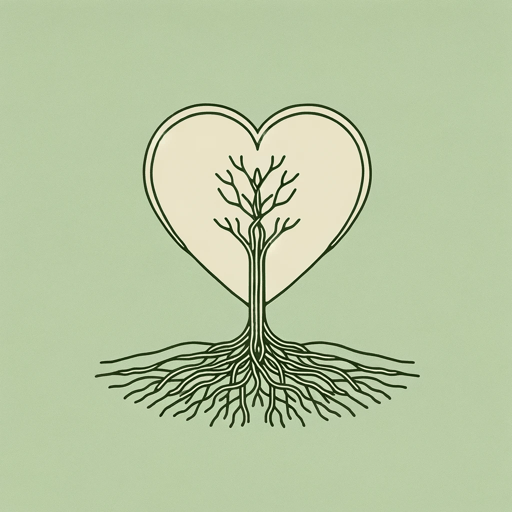47 pages • 1 hour read
Resmaa MenakemMy Grandmother’s Hands: Racialized Trauma and the Pathway to Mending Our Hearts
Nonfiction | Book | Adult | Published in 2017A modern alternative to SparkNotes and CliffsNotes, SuperSummary offers high-quality Study Guides with detailed chapter summaries and analysis of major themes, characters, and more.
Part 3, Chapters 18-24Chapter Summaries & Analyses
Part 3: “Mending Our Collective Body”
Chapter 18 Summary: “Body-Centered Activism”
Effective collective action begins with settled bodies, because discomfort can activate the lizard brain and result in violence. Menakem discusses two photographs of civil rights actions from the mid-20th century, one of the Greensboro Four, who staged a sit-in at a white-only lunch counter in a North Carolina Woolworth store, and the other of Elizabeth Eckford, the teenager who tried to enter an all-white high school in Little Rock, Arkansas. Both photographs depict settled Black bodies.
Since collective action organizers not only communicate with their followers verbally, but also through their body language, leaders should be relaxed to put their followers at ease. Menakem reminds readers to practice the settling and harmonizing techniques outlined in Chapters 10-12—humming and making eye contact with police officers. Foot washing can also create a strong body-to-body connection and elicit empathy, humility, and service. Organizers of collective actions should prepare for potential crises by creating Incident Command Centers with staff trained in physical and psychological first aid. Activists should practice self-care in advance of collective actions.
Chapter 19 Summary: “Creating Culture”
Chapter 19 focuses on creating a culture that disavows white-body supremacy. Culture is multifaceted. It includes shared rituals, symbols, uniforms, displays, language, stories, rules of admonishing, and many other elements.

